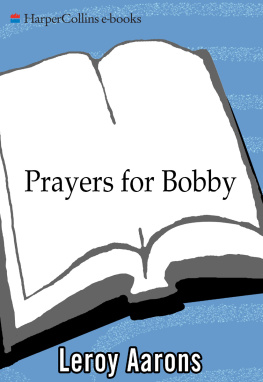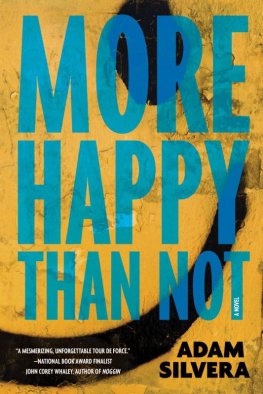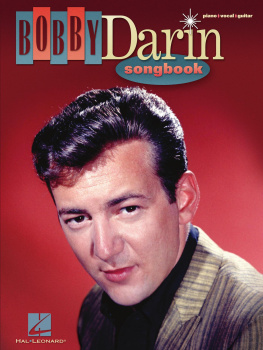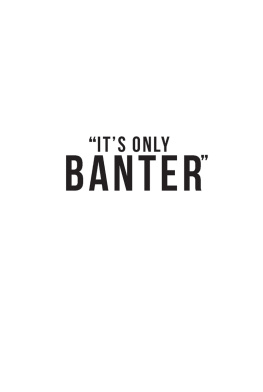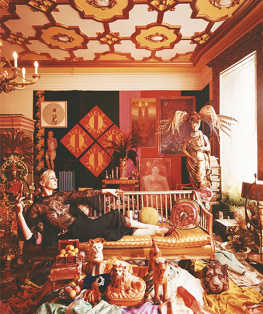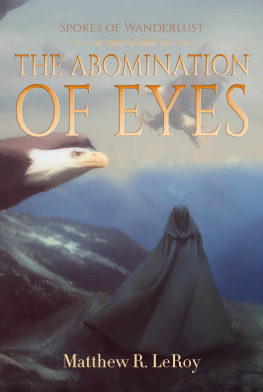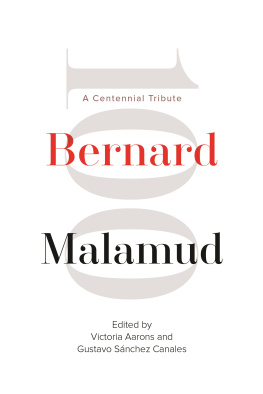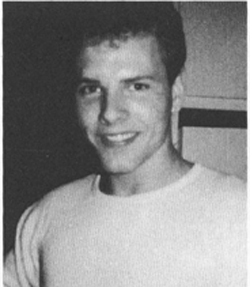Bobby Griffith at nineteen, at home in Walnut Creek, Christmas 1982.
Bobby in Oregon, about three months before he died.
Mary Griffith four months after Bobbys death.
The Griffith family, summer 1965, from left, Bobby, Mary, Joy, Ed, and Bob (Nancy was born later).
Bobby at age three in the familys home in Danville, California.
Bobby, Christmas 1982, six weeks before he left for Portland.
Bobby at sixteen.
Mary, January 1986.
Bobby at a Halloween party, 1982.
Bobby and Mary pose in front of her Volkswagen convertible (which she never learned to drive), winter 1980.
Bobby in Oregon, spring 1983, surveying the scene of the 1980 volcanic eruption of Mount St. Helens.
Mary marching with fellow P-FLAGer Marcia Garrison in the Gay Freedom Day Parade, San Francisco, June 1994.
Mary with the latest Griffith, granddaughter Christina, age three, November 1994.
All photographs printed courtesy of the Griffith family and friends, unless otherwise noted.
My first acknowledgment is reserved for Mary Griffith, who reached into the darkest corners of her life to make this book possible. My gratitude to her for her cooperation, hard work, and friendship is boundless. I am also indebted to the Griffith familyBob, Joy, Nancy, and Edfor their contributions, as well as other family members and friends who were completely candid and helpful.
Thanks to the following for their help in reading various stages of the manuscript and suggesting improvements: Charles Kaiser, Juan Palomo, Belinda Taylor, David Harris, Micha Peled, Beth Smith, and Pat McHenry Sullivan. And, of course, my beloved Josh, who read and encouraged me every step of the way.
Thanks to researchers John Sullivan and Kate Newburger.
My gratitude to my editor, Kevin Bentley, who saw the potential in this story early on, was instrumental in Harper San Franciscos decision to publish it, and who honchod it all the way.
Thanks to Pam Walton for permission to use transcripts of interviews conducted for her important video documentary Gay Youth .
Finally, to Bobby Griffith, whose living spirit permeates this book and much of my life.
I first learned of the Griffith family in a 1989 article in the San Francisco Examiner . The piece, written by staff reporter Lily Eng, was part of a mammoth sixteen-day series on gays and lesbians in America. The Examiner was commemorating the twentieth anniversary of the Stonewall incident, considered the birth of the gay civil rights movement in America. (The Stonewall Inn was a Greenwich Village bar whose clientele on a warm summer night in 1969 defied a squad of police raiders, repelling them with bricks and debris and attracting hundreds to the scene in a protest that stirred gays and lesbians to action around the nation.)
I was deeply stirred by the story of Bobby Griffiths suicide, saddened by the waste of this young mans life. The scalding self-hatred contained in the excerpts from his diary included in the account was indeed painful to behold. My instinct was to grab hold of the boy who was writing these words and shout, No, Bobby! Youve got it all wrong. Youre okay. Its the others who are crazy with hatred and ignorance!
But, of course, it was too late. Unable to reconcile his gay sexual orientation with his familys religious and moral beliefs, Bobby had leaped to his death from a freeway bridge in 1983.
Other gay kids were committing suicide. In fact, some statistics maintained that gay teen suicide was approaching an epidemic level. What made the Griffith story unique was not only the daily record contained in Bobbys diaries over four years, but the companion tale of his mother, Mary, a blue-collar suburban housewife.
Included in the Examiner package was a confessional piece by Mary Griffith in which she told of the religious fanaticism and fear of gays that had led her to wage a relentless campaign to get her son to overcome his homosexuality. She had been too committed to her deep-rooted beliefs to notice that her rejection of Bobby was contributing to the self-hatred that ultimately culminated in his death.
The death of her son brought into question Mary Griffiths most basic beliefs. Looking back, she wrote, I realize how depraved it was to instill false guilt in an innocent childs conscience, causing a distorted image of life, God, and self, leaving little if any feeling of personal worth.
The story went on to document Marys belated change of heart, her rejection of her religious doctrine, and the beginning of her crusade to help save the lives of other gay and lesbian children. Now she could say, What a travesty of Gods love, for children to grow up believing themselves to be evil, with only a slight inclination toward goodness, convinced that they will remain undeserving of Gods love from birth to death.
This extraordinary conversion touched me as deeply as the tale of Bobbys tragic death. This woman of limited education was able to cut through a lifetime of conditioning, risk rejection by her religious peers, and embrace societys outcasts. How did she accomplish that? I wondered. What enabled her to transcend her background and perform what could only be described as acts of courage?
Like a lot of other gays and lesbians, I had my own history of rejection and self-hatred. Fortunately, I never contemplated suicide. It never entered my head as an option. My self-loathing took me in other directionsdirections not quite as final, but certainly damaging, painful, and self-defeating.
I survived and, indeed, over many years, made peace with myself. But the Griffith story gripped my heart at a moment when I was taking a major new turn in my own development.
At the time the article appeared, I was the executive editor of the Oakland Tribune , a successful senior journalist whose gayness was known to his staff. I had come out to them, and to my family and friends, several years earlier, after a lifetime of subterfuge and lying to protect my personal and professional image. I was comfortable being out as a gay man but, as a journalist, had no intention of ever being involved as a gay activist, beyond going to gay pride parades as an observer.
In the spring of 1989 the American Society of Newspaper Editors, the professional association of the newspaper industry, decided for the first time ever to survey gay and lesbian journalists on their attitudes toward workplace conditions and news coverage of gay issues. ASNEs executive director, Lee Stinnett, asked me if I would coordinate the study.
I agreed with some trepidation, sensing that being the author of such a national study would somehow change my life. And it did. In April 1990 I presented the results of the survey to hundreds of peer editors, and in the course of my presentation outed myself to a national audience. I remember vividly that, when I said, As an editor and a gay man, I am proud of ASNE for doing this survey, a second sentence ran in my mind as a subtext: Here I am, world, all of me, at last!

